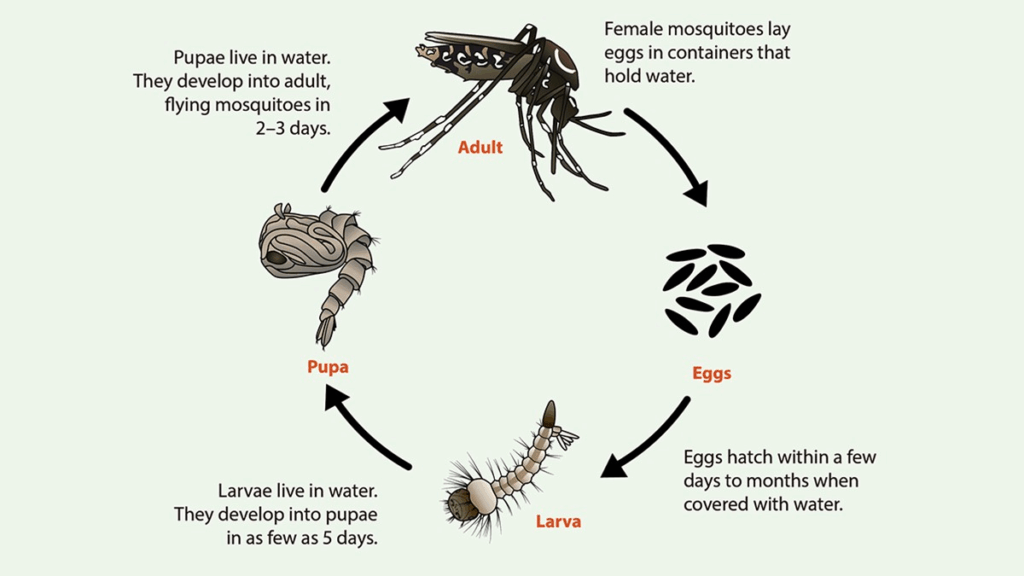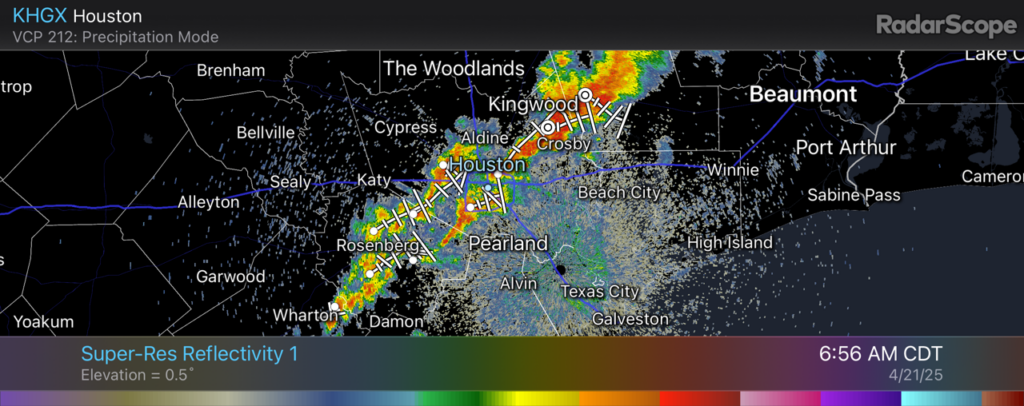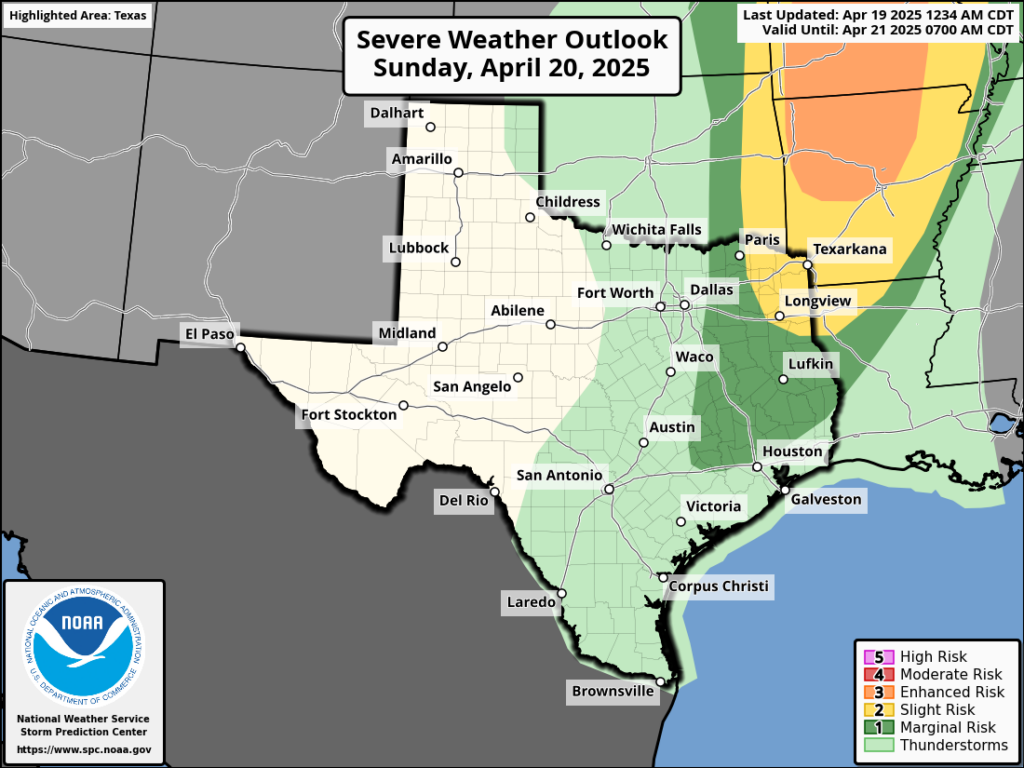In brief: After Houston picked up some needed rainfall over the last two days, we will continue to see shower chances for a few more days. By this weekend we should be sunny and fairly humid. Although it won’t feel quite summer-like, it still will be rather warm for late April.
Much-needed rainfall
After a fairly dry spring so far, nearly the entire Houston metro area picked up at least 1 to 2 inches of rain over the last two days. Some areas received as much as 5 inches. I will make two predictions as a result of this. First, by this weekend, your lawns will start to take on the appearance of a jungle with the combination of rain and sunny skies helping everything to green up and grow rapidly. And secondly, I fear that we’re going to see an outpouring of mosquitoes for the first time this spring. So goes the circle of life in Houston.

Tuesday
With that said, we are not yet done with rain. Overall chances are fairly low today, probably 20 to 30 percent area-wide, although perhaps a bit higher near the coast. Once this morning’s patchy fog gives way, we should see partly sunny skies with high temperatures in the mid-80s. With dewpoints around 70 degrees it will feel fairly sticky outside. Winds will be fairly light, from the south at about 10 mph. If showers do develop, they are most likely during the afternoon or early evening hours. Lows tonight will only fall to around 70 degrees.
Wednesday
A passing disturbance will raise the chance for showers and thunderstorms to at least 50 percent on Wednesday. A couple of readers have asked about timing, but I don’t have a real clear picture. There could be showers at sunrise and near sunset, but at this time the most widespread and organized activity is likely to occur during the afternoon hours with peak heating. Some rain could be briefly heavy, but I don’t expect any severe thunderstorms. With mostly cloudy skies, temperatures should peak in the low 80s. Expect another warm night.

Thursday and Friday
These should be partly sunny and warmer days, with highs in the mid-80s in Houston, and possibly a bit warmer for areas further inland. Both days will have a slight chance of some thunderstorms and rain. Right now I’ll peg those chances at 20 percent, but there remains some uncertainty in the overall pattern.
Saturday and Sunday
The weekend looks warm and mostly sunny, with high temperatures in the mid- to upper-80s and plenty of humidity. Expect modest southeasterly winds of about 15 mph, with higher gusts, on both days, so that will help MS-150 bike riders with a tailwind at times, and a cross-tailwind at other times. It’s about the best you could hope for for a long weekend ride. Unfortunately for IRONMAN participants, dewpoints in the vicinity of 70 degrees will make for a very sticky race. Personally, I find it very difficult to run in such conditions and cannot imagine running a marathon in that kind of humidity. Good luck to all.

Next week
Much of next week looks partly cloudy, humid, and warm with temperatures in the upper 80s. It still appears as though some kind of pattern change is in the cards for later next week, with the return of some rain showers and possibly some cooler and drier air. It’s far too distant to have any confidence in the details, however.





